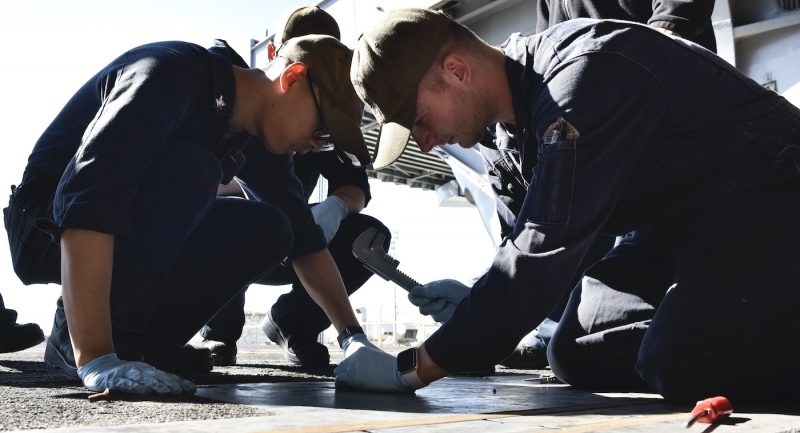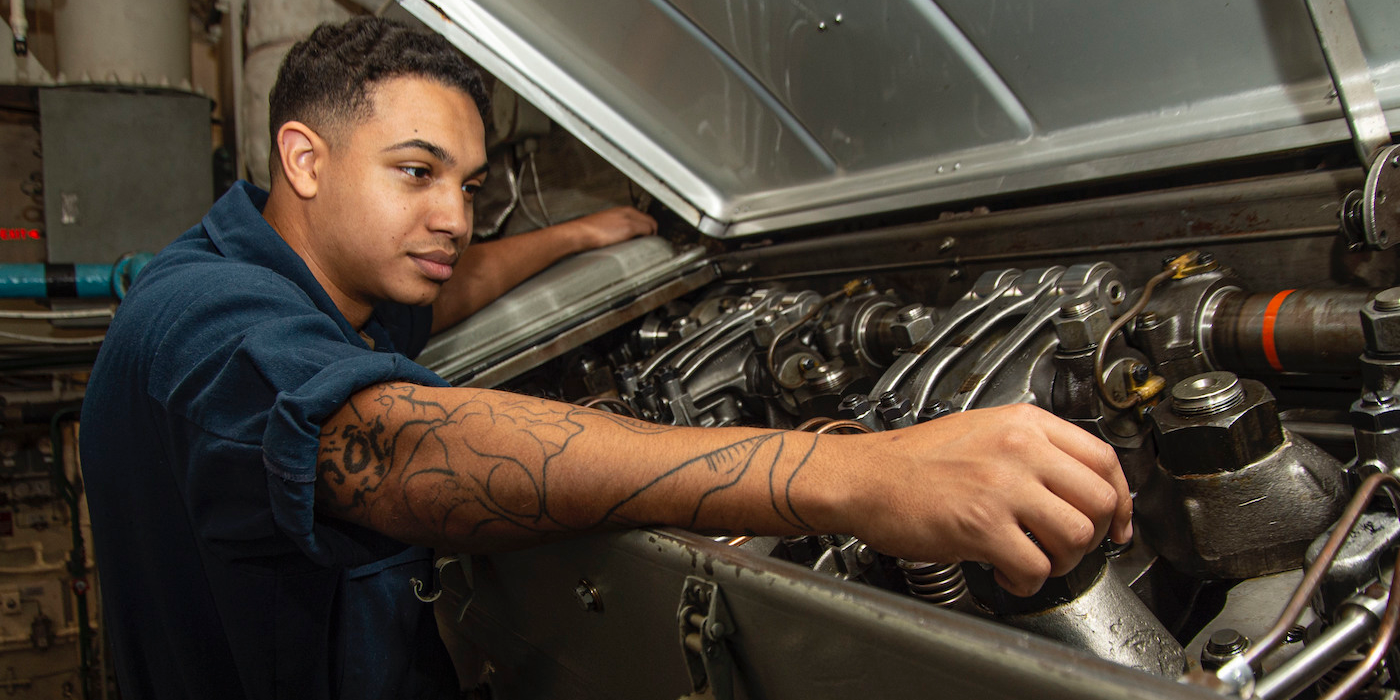- The Navy’s machinist’s mates keep its warships in fighting shape, maintaining everything from the catapults that launch fighters off carriers to the kitchen equipment that keeps sailors fed.
- Visit Business Insider’s homepage for more stories.
The rate of machinist’s mate has a long and proud history in the United States Navy. Established in 1880 as finisher, the rate changed names a couple of times before being settled as machinist’s mate in 1904.
According to the Navy CyberSpace website on enlisted jobs, “Machinist’s mates (non-nuclear) operate, maintain, and repair (organizational and intermediate level) ship propulsion machinery, auxiliary equipment, and outside machinery, such as: steering engine, hoisting machinery, food preparation equipment, refrigeration and air conditioning equipment, windlasses, elevators, and laundry equipment; operate and maintain (organizational and intermediate level) marine boilers, pumps, forced draft blowers, and heat exchangers; perform tests, transfers, and inventory of lubricating oils, fuels, and water; maintain records and reports; and generate and stow industrial gases.”
With such a wide array of skills and responsibilities, the machinist’s mates in George Washington’s engineering department prove the value and versatility of the rate to the ship and to the Navy as a whole.
Machinist’s Mate 2nd Class Austin Huizar, a sailor assigned to work control, shares how machinist’s mates positively impact the Nimitz-class aircraft carrier USS George Washington (CVN 73).
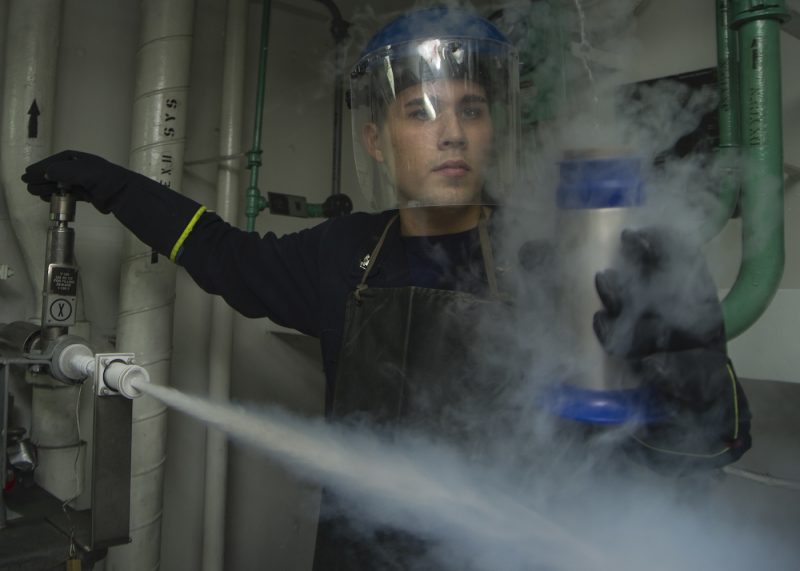
“The main ways that machinist’s mates and engineering department support naval aviation is through the catapult shop and [oxygen and nitrogen] shop,” said Huizar.

“The catapult shop makes sure that all of the machinery is up to date and fully functioning in order to operate the catapult that launch the jets. As for [oxygen and nitrogen], we create aviator’s breathing oxygen and we also have a cryogenic plant that creates liquid oxygen and liquid nitrogen. The liquid oxygen is used as aviator’s breathing oxygen and the liquid nitrogen is used as gaseous nitrogen for the airplane tires because it expands and contracts less at various altitudes.”
In order to convert each gas into liquid form, the air expansion engine lowers the temperature of the air to reach negative boiling points, separating oxygen and nitrogen from air.

The air in the expansion engine is frozen to negative 320 degrees Fahrenheit to separate nitrogen, and negative 297 degrees Fahrenheit to separate oxygen.
Air separation is vital to the mission of George Washington, regardless of where the ship finds herself in her life cycle.
According to navy.mil, "O2N2 Plants Bring Life to Airwing Pilot," O2N2 plants provide oxygen to the aviators, nitrogen to the air wing, and gas forms of both for use throughout the ship.
In addition to air separation, the unique skillset of machinist's mates ensures a steady level of work whether out to sea, tied up to the pier, or during a maintenance period.
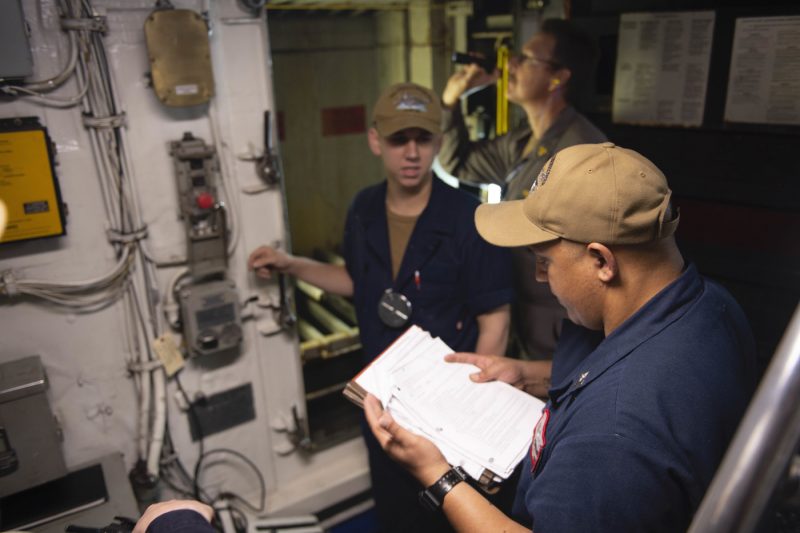
The current refueling complex overhaul (RCOH) environment enables them to put their skills to the test in. Sailors from engineering department, such as Machinist's Mate 1st Class Larissa Pruitt, auxiliary division leading petty officer, have provided significant support to accomplishing major ship milestones while in RCOH.
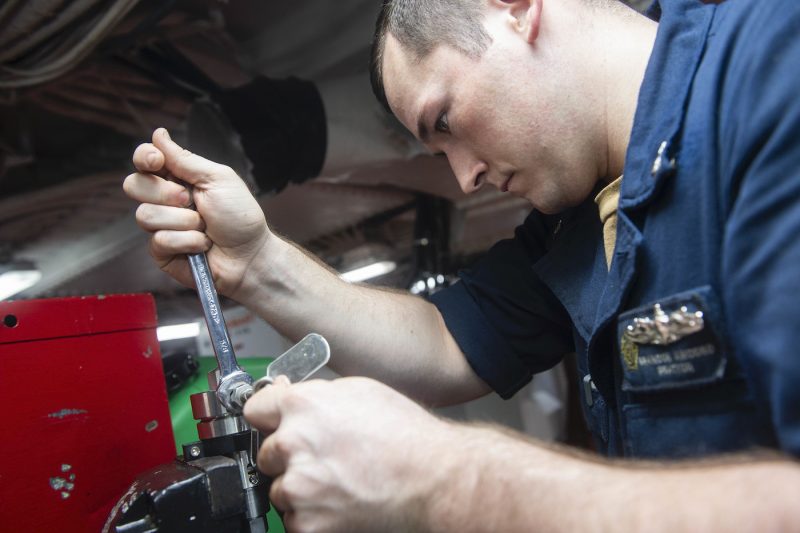
"The machinist's mate is like the Swiss army knife of the Navy," said Pruitt. "Since being in the shipyards, we have repaired all four aircraft elevators, started the five-year catapult inspection, restored fire pumps to support Ready to Flood operations, and refurbished the air conditioner and refrigeration units."
As a rate that has been around for roughly 140 years, machinist's mates will continue to make an impact throughout the surface fleet and the naval aviation community. The hard work of the machinist's mates ensures that George Washington will have a successful redelivery to the fleet.
